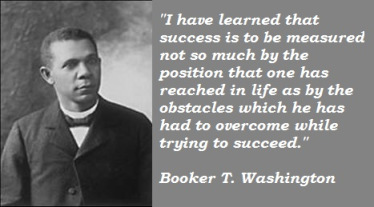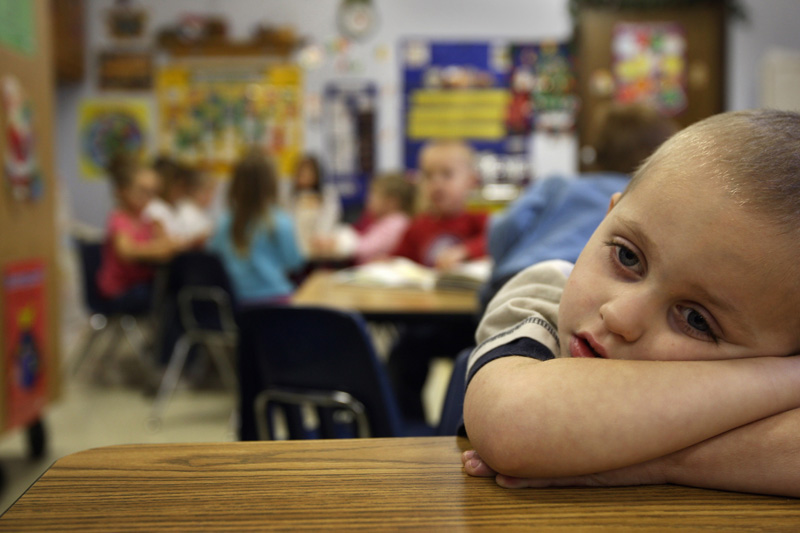How the Ghost of Booker T. Washington Haunts Today’s Testing Advocates

By Mark Naison
When I read the statement from 19 Civil Rights organizations supporting universal testing in the nation’s public schools, I couldn’t help but recall a time in American History when an African American educator named Booker T Washington stepped forward with a plan to have character training and instruction in skilled trades supplant liberal arts education in schools serving African Americans, and in so doing managed to neutralize opposition to Black Education in the South, while attracting the support of education philanthropists in the North.
Washington put forward his plan at a time, eerily akin to ours, when the rights of African Americans and working class Americans were under assault. In the South, white supremacists were moving forward with plans to put a final end to the voting rights of African Americans which had been secured during Reconstruction, while passing laws requiring segregation of Blacks and whites in both public and private institutions. In the North, powerful industrialists were banding together to crush an emerging industrial labor movement, imposing devastating defeats on organizing efforts among steel workers in the Homestead Strike of 1892 and to efforts to build a national railroad union in the Pullman Strike of 1894.
Washington, one of the most astute political thinkers of his age, saw which way the wind was blowing and decided that to create any space for Black education, he had to make an accommodation with both Southern segregationists and Northern industrialists. As a result, he put forward his plans to remake Black education as a narrow skill and character enterprise, while proclaiming his opposition to civil rights agitation, labor organizing and efforts by Blacks to seek political power.
Washington’s program, by most standards, was an astonishing success. Not only were schools on his model allowed to survive in the south at time of fierce anti-black violence, and the imposition of the Jim Crow regime, he became the How the Ghost of Booker T. Washington Haunts Today’s Testing Advocates – The Anarres Project:





